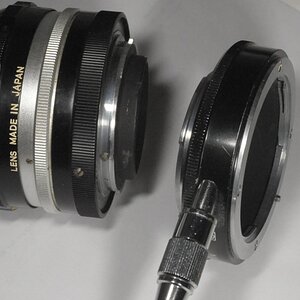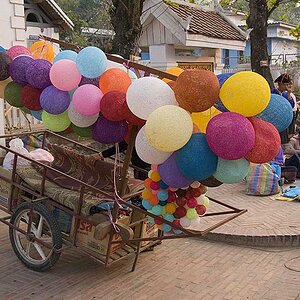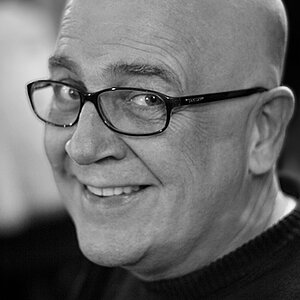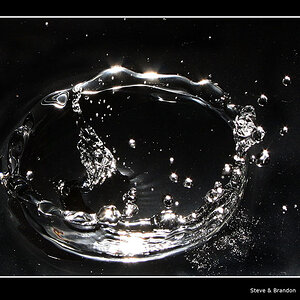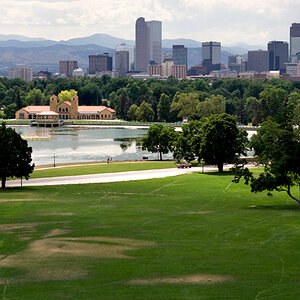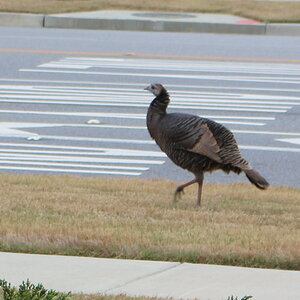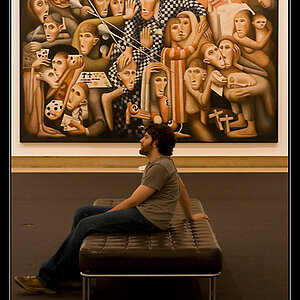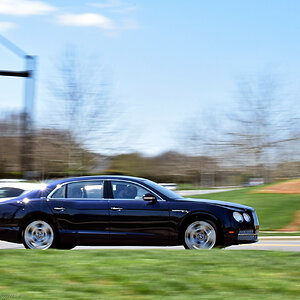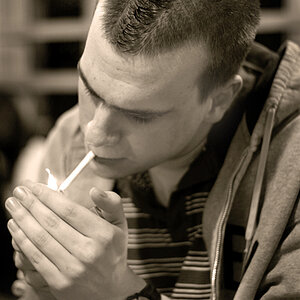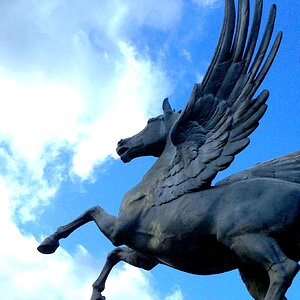JBPhoto20
TPF Noob!
- Joined
- Sep 1, 2018
- Messages
- 2
- Reaction score
- 0
- Can others edit my Photos
- Photos NOT OK to edit
I have a Nikon D3400 and I recently went to Rome with the 16-85mm lens. It did...admirably. I'm looking to upgrade lenses and money isn't a huge issue on this. I don't plan on getting a new body or going FX. I might grab a used d7200 at some point BUT
I've been considering the Nikon 16-80mm; nikon 17-55mm and sigma 17-50. Should mention that I am most concerned with the quality of the image. Nothing else.
I shoot 100% handheld, landscape, cityscape, in museums, churches and some portraits. Please help!
I've been considering the Nikon 16-80mm; nikon 17-55mm and sigma 17-50. Should mention that I am most concerned with the quality of the image. Nothing else.
I shoot 100% handheld, landscape, cityscape, in museums, churches and some portraits. Please help!



